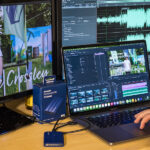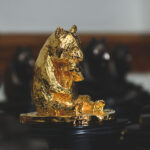
A real fake story
Posted on Nov 23, 2022
The man behind a documentary about Thunderbirds creator Gerry Anderson explains why deepfake is not taboo
WORDS. Robert Shepherd | IMAGES. Jon Bond
“Things that are fake are generally not praiseworthy,” says Benjamin Field, head of development at The Format Factory. “Fake news, fake watches and fake tan, to name but a few. Fakes are designed to mislead, trick and deceive. Is it understandable then that ‘deepfakes’ get the same negative treatment?”
It’s a fair question, because deepfake, arguably, has a worse reputation – especially as it’s synonymous with blackmail, fraud and pornography.
However, there have been some more positive examples where deepfake technology has filled the role of CGI, by recreating the likeness of unavailable or deceased actors. The recreation of the late Peter Cushing in Rogue One: A Star Wars Story (2016), who passed away in 1994, is just one example.
Field is convinced that filmmakers can reframe perception of this powerful tool and use it for good. “Where deepfakes differ, in my view, is the context in which they are used,” he adds. “It’s about the filmmaker’s honesty with the viewer.”
‘Fakery is honesty’ is a 21st-century paradox, but Field explains how this formed the basis for his discussions at a Turing Network Development Awards conference, which he was invited to off the back of his documentary, Gerry Anderson: A Life Uncharted. Anderson and his wife Sylvia created the classic British science-fiction series Thunderbirds back in the mid-sixties.
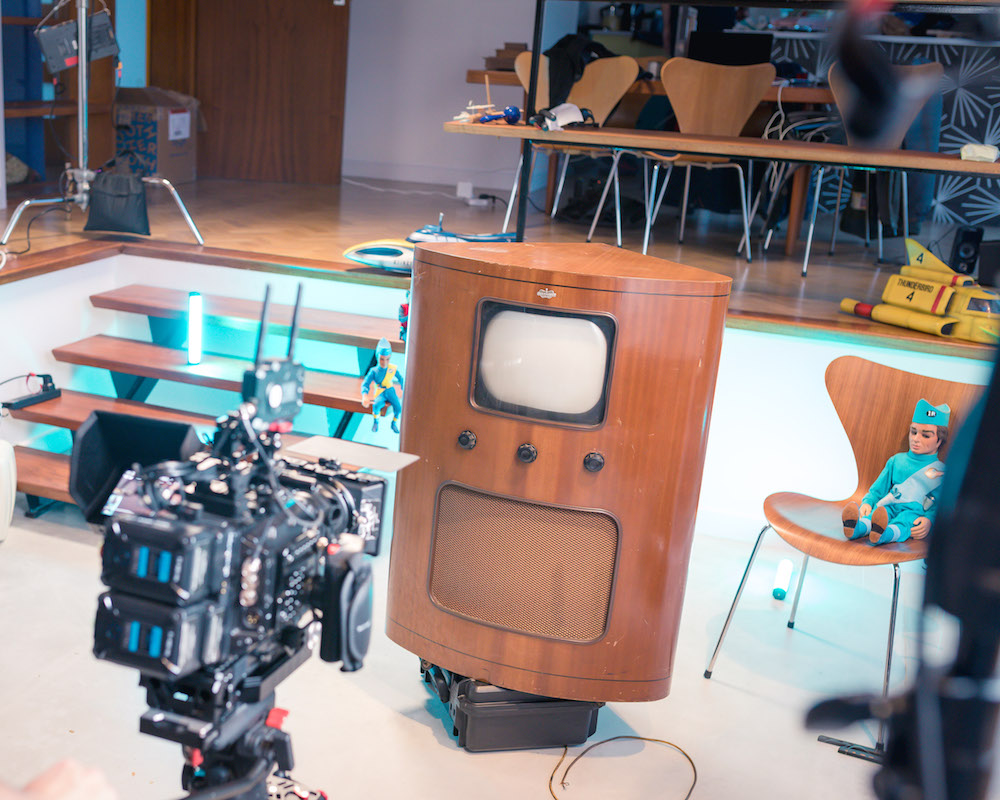
MAKING HISTORY
This feature documentary, produced by The Format Factory in association with Anderson Entertainment, was the first film to utilise machine learning to bring a central contributor to the screen long after their passing.
“As soon as Britbox announced the film back in October 2021, I was inundated on various social media platforms (Twitter is a great place for rational and logical debate) with questions about the ethics surrounding deepfakes,” says Field. “They all generally asked the same question: why did we think it was either appropriate or necessary to bring Gerry Anderson ‘back to life’ to appear in a documentary, and were we about to set a ghoulish precedent for filmmakers to run roughshod over the deceased under the banner of ‘creativity’?”
The answer to the last question is no, but he does feel obligated to explain the rationale behind the decision, why deepfake was so important to the film and what it means for the future of content.
Field says that in order to understand, it’s important to first look at what the film was about – and how the producer managed to get it funded.
“Commissioners and acquisition executives love authenticity when it comes to factual content,” he says. “They also love ‘new angles’ and approaches to material, so with Gerry Anderson we sort of hit the jackpot.”
Working with Anderson Entertainment and specifically Gerry’s youngest son, Jamie Anderson, Field and his team were given access to over 25 hours of unheard archival audio that had been recorded by Gerry Anderson’s two biographers.
“This material was like gold dust – Gerry was a private man, he never gave anything of his personal life away in public. But, with the estate’s permission, Gerry’s story could be told in his own words,” explains Field. “My challenge was how to present this in a visually engaging way. Initially, we discussed dramatic reconstruction, but that proved too expensive. Then, during a morning of procrastination and work avoidance, I stumbled across Tom Cruise on TikTok. Or so I thought.”
However, it wasn’t Tom Cruise at all – instead, it was a clever deepfake of the Hollywood star. Field was so impressed by the ingenuity that it gave him the idea to ‘interview’ Gerry Anderson and use his pre-existing audio to form answers.
“We could create new visuals to present historical audio,” he continues. “A new approach and a new angle. We spoke to (then head of editorial, Britbox) Craig Morris to see if this would fly. He took very little convincing. Whether it was the passion with which we pitched the concept or the incredibly poor initial version of the deepfake we created that persuaded him, I’ll probably never know – but the chances are it was the former.”
Even with a major online digital video subscription service backing it, the producers were still significantly below the target budget, so needed to secure investment from a distributor to make the numbers work.
“This was trickier,” Field recalls. “We were pitching an idea that had never been tried and tested, but in the end Abacus Media Rights took the risk and joined us. On signing, one condition surprised us: the contract was dependent upon us delivering at least ten minutes of high-quality deepfake.”
Having started discussions about the film in April 2021, by the beginning of July the co-producers had raised a budget of approximately £175k.
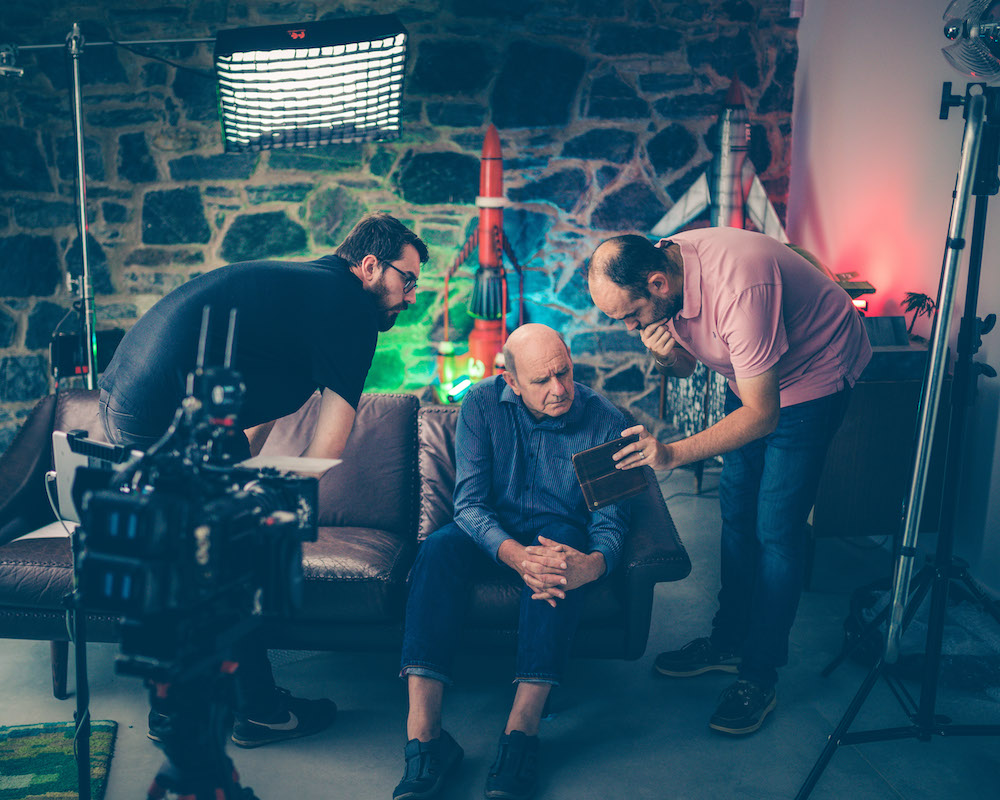
HOW FAKERY WORKS
The deepfake process is centred around filming a body double who can successfully lip-sync to the original audio. The face and parts of the head would then be swapped out using artificial intelligence after a lengthy period of cloud-based machine learning.
“During that time, the program learns what Gerry Anderson would have looked like if he were pulling the exact same facial expressions as our body double,” says Field. “In computational terms, every frame would be brand new, created as an independent image with no reference to what the previous frame looked like – or what the next frame might look like. It’s not like rotoscoping Gerry’s face from existing material, each frame is made from scratch.”
Jamie Anderson and Field decided early on that the success (or failure) of the project was likely to rely on the casting of the ‘Gerry double’. The duo trawled through Spotlight for an afternoon and discovered that only six actors registered there had enough of a physical similarity to Gerry. Of those six, only three were interested in auditioning. “We asked them to film themselves lip-syncing to a 60-second section of audio, which we would then ask our VFX producer, Christian Darkin, to attempt a rough deepfake of in order to ascertain their appropriateness for the role,” says Field. “This knocked one of the candidates out straight away, as he refused to do the audition. We were down to just two. Two actors in the whole of the UK who might be able to do the job that our entire film was sold upon.” The first audition tape came in and unfortunately, he was not what was needed. So, all hopes rested on Roly Hyde, ‘a jolly northerner with a penchant for thirties architecture’. Luckily, he was ‘spot on’.
Even though Field was excited about how the show would look, he concedes that ever since he became aware of the need to deliver ten minutes of deepfake: “I was apprehensive of over-promising and under-delivering.”
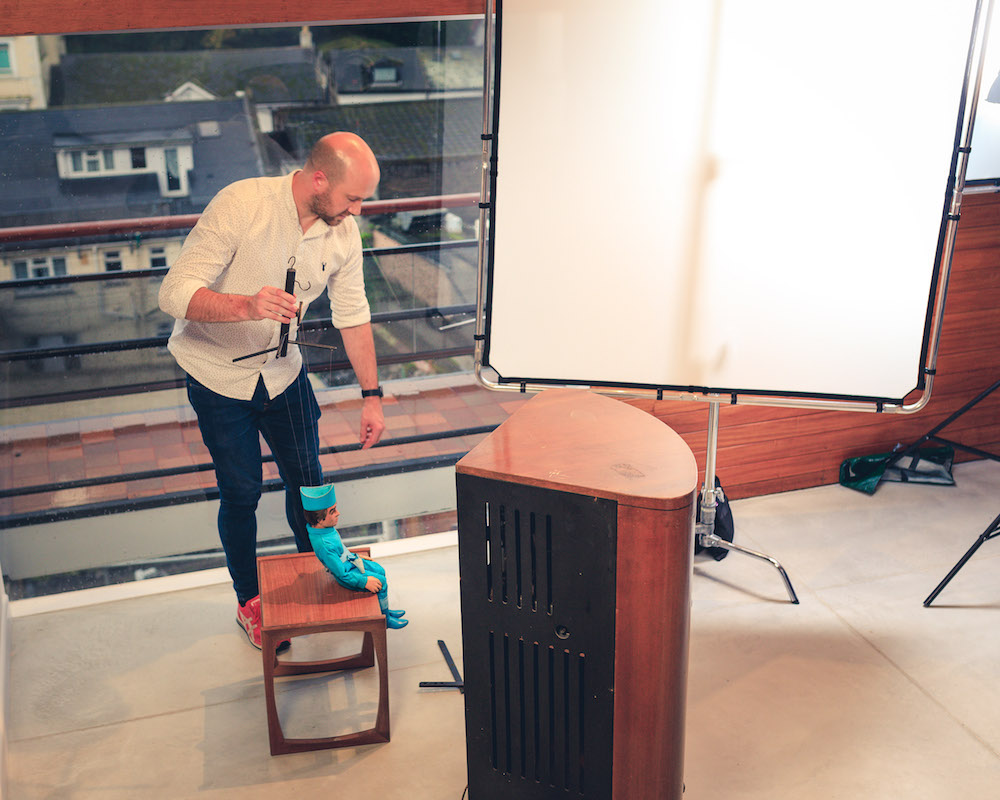
This meant having to think of alternatives in case the strategy didn’t work out. In other words, he couldn’t fake deepfake. One way of doing it was to place all the archive materials into era-specific television sets and put the ‘new’ deepfaked interview material in them, too. “This would allow for ‘static interference’ created in Adobe After Effects, to mask any potential issues or artefacts,” Field adds. “It would also allow for the discrepancy between the quality of the audio archive and the new interview footage to be explained away.”
Although that decision solved one issue, he says it caused another. There was the potential he was going mislead the audience into believing they were watching authentic interview material.
When Field contracted Hyde to appear as Gerry Anderson, he did so anticipating that he would be looking for him to lip-sync to approximately ten minutes of audio. “Once we’d finished our research into the biographical audio, we’d chosen 53 minutes for him to work with,” recalls Field. “This changed our entire approach. Initially, we hoped Roly would learn the dialogue by heart, but that now simply wasn’t possible.”
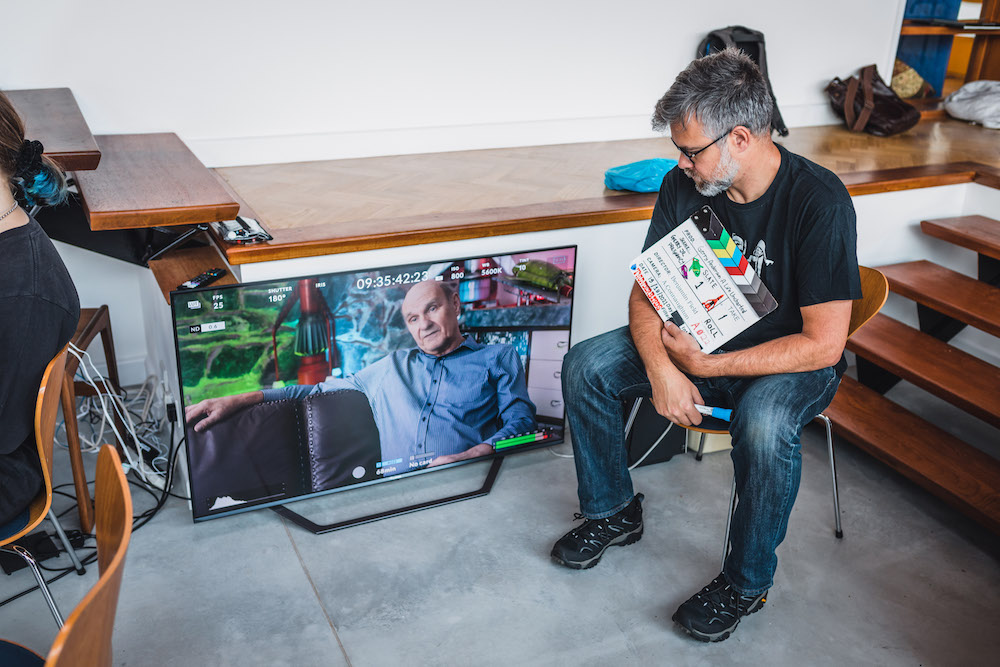
Two days were set aside in October last year to film the interview. Field and DOP Ash Connaughton decided that, in order to give the AI program Deepfacelab the best opportunity to capture Hyde’s expressions, the documentary was to
be shot on a Blackmagic Pocket Cinema Camera 6K and Ursa Mini Pro 4.6K G2.
“This was even though the maximum resolution the AI could deliver was HD. But this comparatively low resolution was another reason I opted to put the deepfake material in television screens in the first place,” explains Field.
Given the amount of audio material that now needed to be covered, an autocue was used for Hyde to read from.
Generally, this method worked well, with each segment requiring around six or seven takes to get into a safe window for the lip-sync. Unfortunately, the only way to tell if it was synchronised was to watch it back on a 65in playback monitor. “With hindsight and a new deepfake production looming, I have put improvements to this technique in place. Our dubbing mixer Kenny Clark, using Pro Tools, still had a hell of a task to ensure the lip-sync was as good as it possibly could be.”
Another challenge was waiting. Anderson was bald and Hyde’s head shape wasn’t a perfect match. In theory, it’s possible to replace all of someone’s head with a deepfake, but the team kept getting aliasing and shadowing.
“So, at the eleventh hour, we adopted a new approach,” says Field. “We gambled on changing Roly’s head shape in real life, with make-up and hair, and then hoped a deepfake of just Gerry’s face would do. But we wouldn’t know until we’d completed the first day’s shoot.”
MEETING THE MAKER
The production team used Google Drive as its cloud system for working across various files and graphics, making it possible to send Christian the footage almost immediately. “The result was incredible,” says Field. “Jamie Anderson stared at it in disbelief. We’d just created a new interview with his dad.”
For Field, the questions surrounding ethics were gone. The deepfake wasn’t fooling anyone, but a disclaimer was placed at the top. “I wanted to be as honest with my audience as I was with Jamie and his family,” he assures. “If they could accept it, then an audience could too. I’m bringing honesty to the fakery.”
Watch Gerry Anderson: A Life Unchartered on Britbox and Prime Video
This article appears in the December 2022 Issue of Definition. Read the full magazine here.

